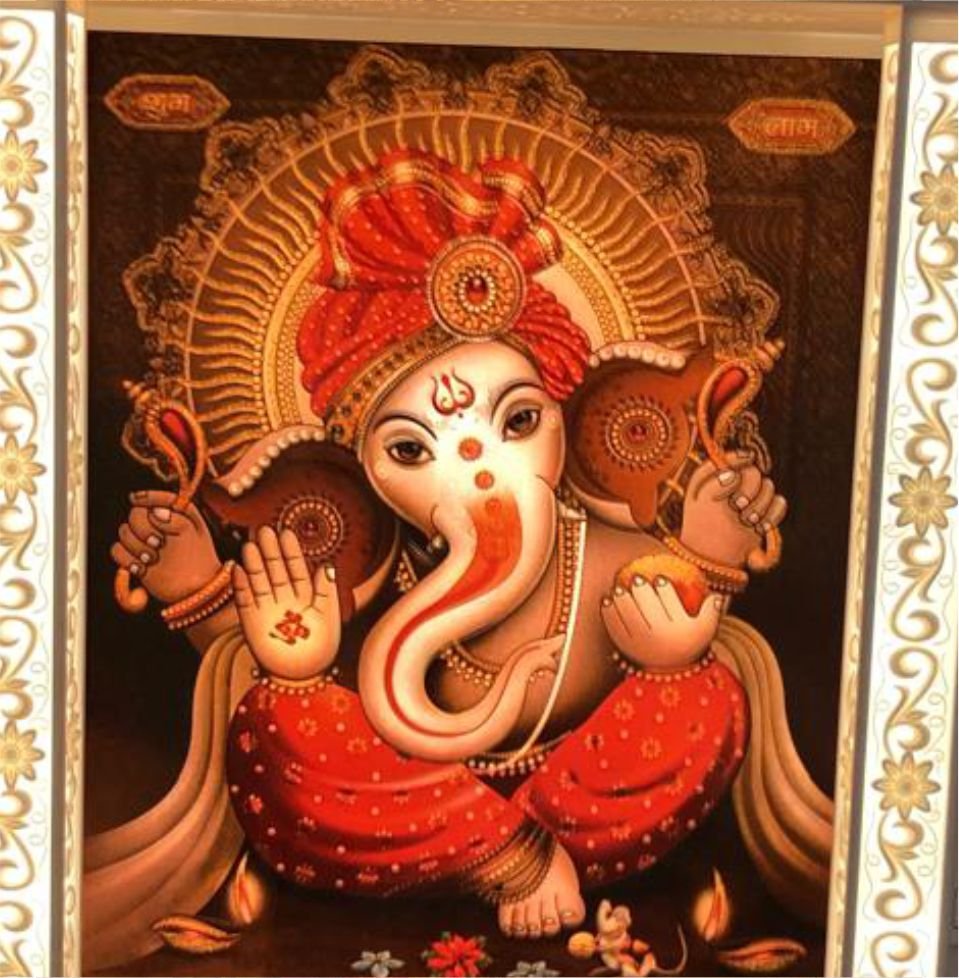- Written by: dts
- May 15, 2024
- Comments: (0)
Corian, developed by DuPont, has become a popular material for constructing mandirs, or Hindu temples, in both private residences and public spaces. This article explores the numerous qualities of Corian that make it a superior choice for such sacred and intricate structures.
Aesthetic Flexibility
One of the key reasons Corian is favored for mandirs is its aesthetic versatility. Available in a vast range of colors and patterns, Corian allows for the creation of detailed designs and custom finishes that enhance the divine beauty and spiritual ambiance of a mandir. The ability to seamlessly integrate different pieces ensures a smooth, unbroken surface, essential for the pristine and serene environment of a temple.
Best Corian Mandir Manufacturer in India




Strength and Longevity
Durability is critical when selecting materials for building a mandir. Corian is known for its strength and longevity, being resistant to scratches, impacts, and general wear and tear. This durability ensures that the mandir maintains its pristine condition for many years, reducing the need for frequent repairs or replacements.
Ease of Maintenance
Keeping a mandir clean and sacred is paramount. Corian’s non-porous surface makes it highly resistant to stains and moisture, preventing the growth of bacteria, mold, and mildew—an important factor in maintaining a pure environment. Cleaning Corian is straightforward, usually requiring only a damp cloth and mild detergent, which helps preserve the sanctity of the mandir.
Design Adaptability
Corian’s ability to be molded and shaped into various forms is a significant advantage for mandir construction. It can be thermoformed into intricate carvings, detailed idols, and ornate pillars typical of traditional Hindu temples. This flexibility allows designers to replicate classic temple architecture or innovate with contemporary designs while preserving the spiritual essence of the mandir.
Seamless Construction
The seamless installation of Corian is another notable benefit. Joints can be made nearly invisible using color-matched adhesives, resulting in a smooth, continuous surface. This not only enhances the aesthetic appeal but also ensures structural integrity. The absence of visible seams contributes to a sense of wholeness and unity, symbolic in a religious context.
Environmental Benefits
In today’s environmentally conscious world, the sustainability of construction materials is crucial. Corian is non-toxic and hypoallergenic, making it an environmentally friendly option. Additionally, Corian is repairable and renewable; scratches and minor damages can be sanded out, extending the material’s life and reducing waste. This aligns with many spiritual practices that emphasize harmony with nature and sustainable living.
Cost Efficiency
While Corian may have a higher initial cost compared to some materials, its long-term benefits often justify the investment. Its durability reduces the need for frequent replacements or repairs, leading to cost savings over time. Moreover, the ease of maintenance translates to lower cleaning and upkeep costs.
Conclusion
In conclusion, Corian material is an excellent choice for building mandirs due to its aesthetic flexibility, durability, ease of maintenance, design adaptability, seamless construction, environmental benefits, and cost efficiency. Its combination of beauty and functionality ensures that the mandir remains a sacred, serene, and inviting space for worshippers. By choosing Corian, one can create a mandir that upholds spiritual and cultural values while standing the test of time, providing a place of peace and reverence for generations.
